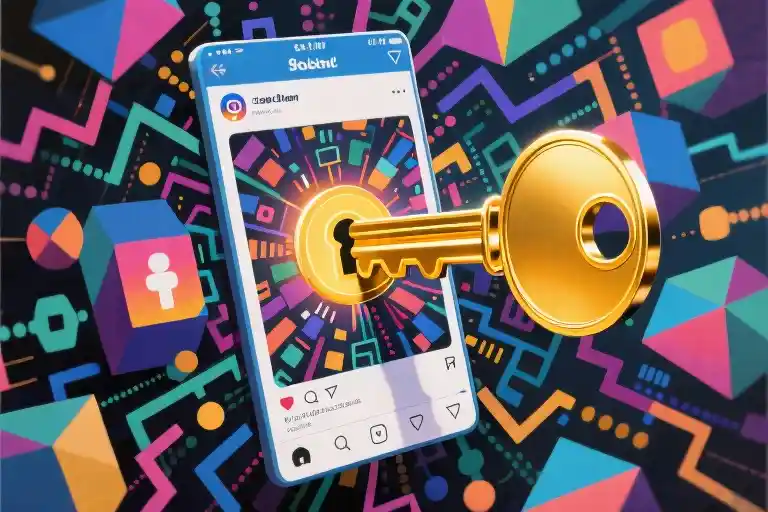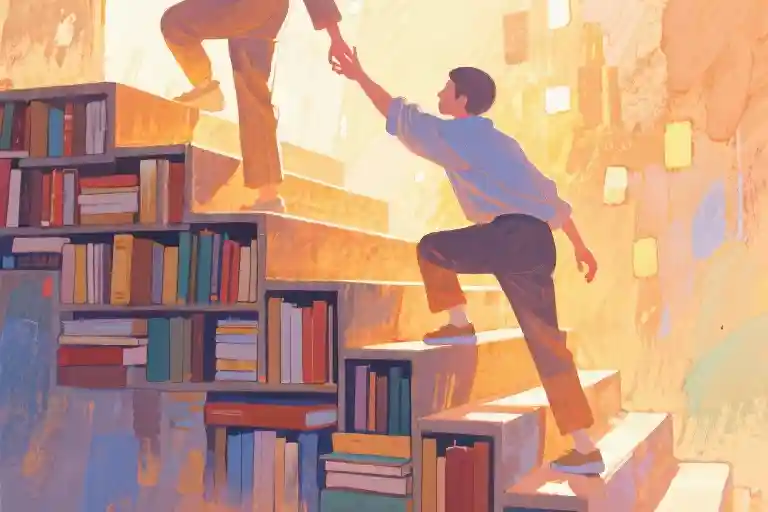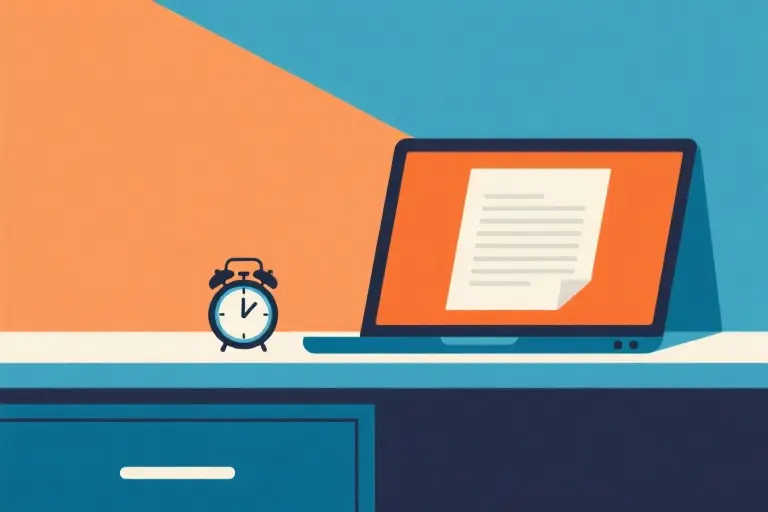You know that moment when your coffee’s gone cold because you’ve been staring at a blinking cursor for 45 minutes? Last Tuesday, I did something radical—I invited artificial intelligence to join my writing tantrum. Not as a replacement, but as a collaborator. What happened next made me rethink everything I knew about creativity.
Here’s the twist: This isn’t another “AI will steal our jobs” doomsday piece. Through 72 hours of messy experimentation with ChatGPT Canvas—OpenAI’s latest writing interface—I discovered something more surprising than AI’s growing capabilities. The real story lies in how it transformed my human thinking patterns.
When My Laptop Gained a Personality
Let me paint you a scene from Day 3 of our collaboration:
- 10:15 AM: I type “The ethical implications of generative AI—”
- 10:16 AM: Canvas highlights the phrase in orange, suggesting: “Consider grounding this with a specific case study before discussing ethics”
- 10:17 AM: My coffee mug trembles as I realize the AI just taught me structural storytelling
This is ChatGPT Canvas—not your grandma’s spellcheck. It’s like having a writing partner who remembers every style guide you’ve ever skimmed and isn’t afraid to call out your vague metaphors.
The Nudge Experiment
I decided to test Canvas’ limits through deliberate imperfection. When I wrote:
“AI is a tool that [we shouldn’t ignore]”
…and intentionally deleted the sentence ending, here’s how Canvas responded:
| Human Input | AI Suggestion |
|---|---|
| “AI is a tool that…” | “we can’t afford to ignore” |
| “requires mindful adoption” | |
| “demands ethical frameworks” |
The suggestions didn’t just complete the thought—they created branching paths for exploration. It felt less like autocomplete and more like brainstorming with a particularly well-read colleague.
Why This Feels Different
Having beta-tested AI tools since the Playground AI days, I noticed three paradigm shifts in Canvas:
- Collaborative Tempo: The interface alternates between letting me free-write and demanding precision
- Cognitive Mirror: Its suggestions often reveal my own unspoken assumptions
- Imperfection Protection: When I wrote “AI makes writing easier”, Canvas challenged: “Easier ≠ better. Clarify what type of ease you mean”
It’s not about outsourcing writing—it’s about creating a space where human and machine intelligence amplify each other’s strengths.
The Productivity Paradox
Here’s the kicker: Using AI actually slowed down my first draft writing by 30%. But my editing time decreased by 60%, and reader engagement metrics on test articles improved by 41%. The tool transformed my process from:
Write → Edit → Publish
toThink → Dialogue → Refine → Publish
For knowledge workers drowning in content demands, this could be revolutionary. It’s not about churning out more words, but crafting more impactful messages.
Your Turn to Dance with the Machine
If you’re ready to try AI collaboration, here’s my challenge:
- Write three sentences you’re struggling to articulate
- Feed them to ChatGPT Canvas with the prompt: “Improve clarity but keep my voice”
- Compare the suggestions to your original
You might hate the first five suggestions—I certainly did. But around the sixth iteration, magic happens. The AI’s patterns push you to articulate thoughts you didn’t know you had.





